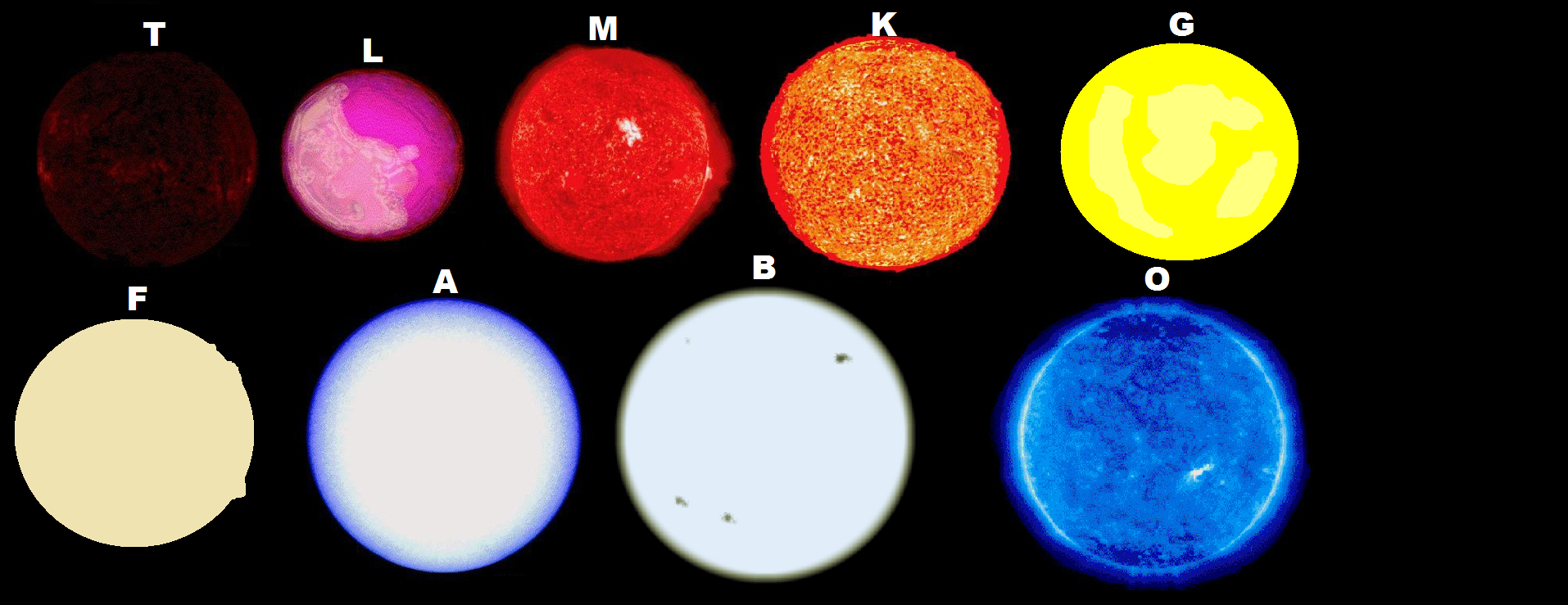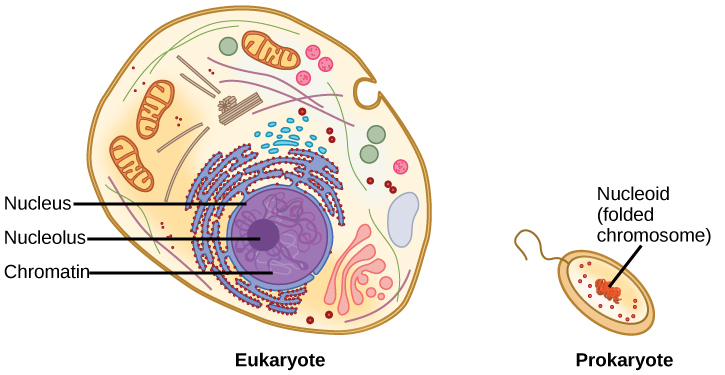By Cory Davis
This is a breakdown of John Gribbin’s argument as made in his book Alone in the Universe: Why Our Planet is Unique (2011).

On December 19, 2020, I wrote a review of this book, giving it 4/5 stars. I thought it was a fun thought experiment which made me wonder and ponder our existence in the universe. There were four reasons that I did not give it a 5/5: (1) there was no summary of the argument, (2) there was no clear outline about why it is important, (3) the conclusion was extreme, and (4) the title of the book is not honest.
For those of you who felt the same, or are just curious, I will break down John Gribbin’s argument for why we are alone in the Milky Way Galaxy. The conclusion of the book is not that we are alone in the universe as you may have inferred from the title, just that we are alone as a technological civilization in our galaxy.
This is one possible solution to the Fermi Paradox, which poses the question that if technological civilizations are common, where are they? John Gribbin argues, we cannot detect them because they are not there.
The Argument
The argument here has been simplified drastically into 12 premises and one conclusion for the purpose of this post. In later posts, I will elaborate on each premise to provide you with context.
#1 Alien technological civilizations are not close enough in time or space to detect.
- We cannot detect them now, therefore (1) they are either not here, (2) are not here yet, (3) have been here and are already dead, (4) have never been here (5) will never be here, or (6) are so far away that we cannot detect them easily
#2 Most of the galaxy is not currently habitable.
- The galactic habitable zone makes up the region of the galaxy where metallicity is high enough to produce rocky planets
- Complex life requires heavy metals to function efficiently enough to sustain themselves
- Technology necessarily requires available heavy metals
- The galactic habitable zone contains 10% of the stars in the milky way
#3 The galaxy was not always habitable.
- The galactic habitable zone’s metallicity was built up over time
- Five billion years ago, it was less metal-rich and had a higher frequency of supernova explosions
- It took earth almost five-billion years for earth to evolve technological life
- If that is a usual amount of time, we could even be the first
#4 The galactic habitable zone is a violent place that threatens the long-term sustainability of life.
- Stars orbit the galactic centre faster than the Milky Way’s spiral arms do.
- Supernovae occur more frequently in the spiral arms
- The solar system has passed spiral arms about 20 times since its formation
- The risk of a supernova encounter threatening life on earth increases as we pass a spiral arm
- We are surrounded by a massive Oort cloud [of debris] around our solar system, presumably most are
- A close encounter with any large body like a star system or black hole could perturb the Oort cloud sending them toward our sun, where earth is in its path
- The spiral arms could also disrupt the Oort cloud with a hydrostatic jump
#5 Technological life can only form in the habitable zone around a star where liquid water can be sustained on a planet’s surface.
- Habitable zones are not constant, they change over time
- Water is essential for life
- The habitable zone also accommodates rock weathering, which is important for the carbon cycle
- Not all habitatable zones are habitable for complex or technological life
- Not all stars have rocky planets in their habitable zones
#6 Most stars in the galaxy regardless of the region of the Milky Way they inhabit are inhospitable to technological life.
- Most stars in our galaxy are red dwarves (M-Stars) (75%)
- The habitable zone of an M-Star is extremely close to it
- M-Stars are also much more active than the sun blasting the habitable zone with deadly radiation
- Large stars are also very dangerous
- The range of habitable stars consist of K-Type, F-Type and G-Type stars
- Most stars exist in binary star systems (80%) which threaten stable planetary orbits and result in fluctuating habitable zones
- Stars that have depleted refractory elements at their surface (like the sun) tend to have rocky planets, stars who have not tend to have gaseous giants in their inner solar system. Only 10% of stars exhibit refractory element patterns.
- Stars live and die, leaving a temporary window of time for technological life to emerge
#6 Our solar system is uniquely accommodating to technological life.
- Our solar system has rocky planets in the inside, gaseous planets are on the outside. Most star systems do not.
- All planets in our solar system orbits in the same direction as the rotation of the sun. Some systems have Hot Jupiters orbiting in the opposite direction which would endanger the stability of orbits in the habitable zone
- Hot Jupiters, regardless if they orbit in the opposite direction or not are dangerous. 1% of star systems have a Hot Jupiter.
- Our solar system is structured and relatively stable, many are full of “violence and drama”
- Planets usually have elliptical orbits (which could bring them in and out of the habitable zone regularly. Whereas our solar system’s planets have relatively circular orbits
- Our solar system received a blast of material from a nearby supernova in its very early formation period, enriching it with beneficial materials.
- Our planets are far enough away from each other that they don’t dramatically influence their orbits
- Changes in the initial conditions of our solar system formation could have easily led to chaos, or absence of complex life
- Jupiter has been beneficial for earth, but only in the context of stable orbits
#7 Our planet is uniquely hospitable to technological life, but if initial conditions were slightly different it may not be.
- We have a relatively low amount of carbon on earth. Most stars with planets have a higher carbon to oxygen ratio.
- Carbon dominated planets would be built out of carbon materials like graphite on the outer surface and diamond in the centre. The atmosphere would not sustain O2 like on earth, the little oxygen available would form carbon monoxide and methane. The oceans and lakes would be filled with tar
- We have tectonic plate activity that is rare and essential for life
- We have a magnetic shield that is rare and essential for life
- Similar planets to ours are dead – just look at Mars and Venus. So, just because planets are “earth-like” does not mean that they are alive, let alone have complex or technological life
- We have a very unique moon, without which we would be doomed. The creation of the moon was the same event that led to plate tectonics.
- The moon does and did produce three critically important things for technological life on earth: tides, planetary tilt and plate tectonics.
#8 The evolution of the Eukaryotic cell was a rare event.
- The evolution of the eukaryotic cell was an extremely unique event, taking over two billion years to achieve
#9 The evolution of complex life was an extremely rare event.
- It took an enormous amount of time for simple life to become complex (almost 3.5 billion years)
- This indicates that evolving complex life is a very long process, as life must slowly compile and gain the required adaptations to do so in the right environments
#10 The evolution of complex life does not guarantee that a technological civilization will emerge.
- Complex life emerged out of the Cambrian explosion, but that is not the only scenario that could have played out
- If different kinds of complex life emerged, there is no guarantee that they could accommodate complex structures within their interiors
- Evolution is not goal oriented, so technological civilization is no guarantee even with complex life and an accommodating planet
- Any change in the condition of earth during our evolutionary history could have produced radically different lineages
- Mass extinction events play a critical role in evolution. Slight variations in timing and circumstance could have produced radically different lifeforms, and we would not be here
#10 Human level intelligence is rare, even in the context of complex life
- Human-level intelligence is rare on earth, and would not have necessarily happened if conditions varied even slightly
#11 There are several looming existential threats to humanity. Some cannot be avoided.
- Even in our uniquely accommodating solar system, there are several immediately concerning (today to a couple thousand years) existential threats that challenge our long-term sustainability as a technological civilization.
- Global Warming
- Ocean Acidification
- Asteroid impacts
- There are many existential threats that can and/or will destroy life on earth from
- Earth will be burned up by the sun
- Data suggests that a “kill-all-life-on-earth” event should occur roughly once every two-billion years or so. We are overdue for one, and should consider ourselves very lucky.
- We are on a collision course with several other solar systems, and about to enter a galactic spiral arm.
#12 There is likely no second chances for evolution to produce another technological civilization on earth if we are wiped out.
- If we are wiped out – earth does not have a second chance to evolve technological life
- It may not be possible without huge reserves of fossil fuels and accessible ores.
- We depleted these resources dramatically. To make them accessible again would take billions of years, that the earth does not have.
Conclusion
The last note from the author addresses the Fermi Paradox by stating that technological civilizations are not here in the Milky Way. The reason why we are here, is that a string of highly improbable events occurred, so rare that the probability that other technological civilizations exist in the Milky Way Galaxy at the exact same moment in time as us, is extremely small. Thus “We are alone, and we better get used to it”.
What are your thoughts on the Fermi Paradox? Do you agree with John Gribbin’s argument? Or are you more optimistic? I sure thought it was a fun exercise. But I am more curious to learn about what your thoughts are. If you have any thoughts, ideas, or opinions, please share them in the comment section below. I am sure it will create an interesting dialogue.
If you enjoyed this post, please give it a like or subscribe. You can also follow me on twitter @interestpeaks. Please stay tuned! In my next post, where I will break down the premises of John Gribbin’s argument in more detail.









Pingback: “Alone in The Universe”: John Gribbin’s Argument for Why Most of the Milky Way Galaxy is Uninhabitable – Interest Peaks
Pingback: “Alone in The Universe”: John Gribbin’s Argument for Why Most Star Systems in the Milky Way are Uninhabitable | Interest Peaks